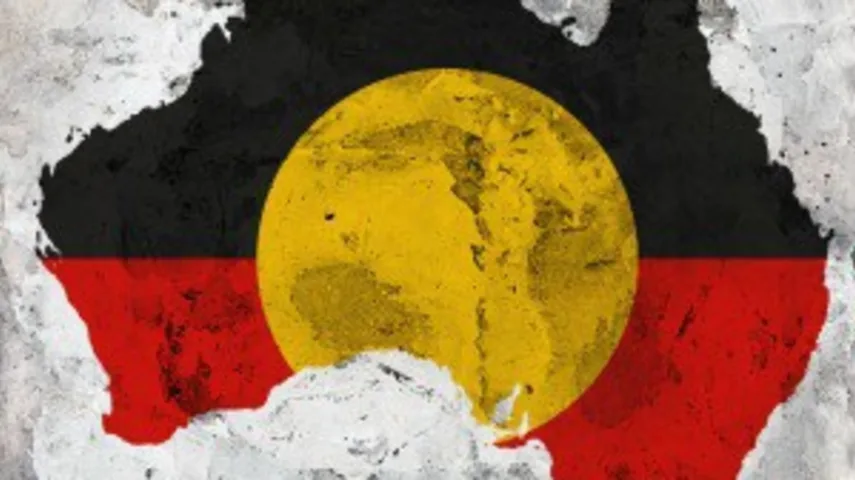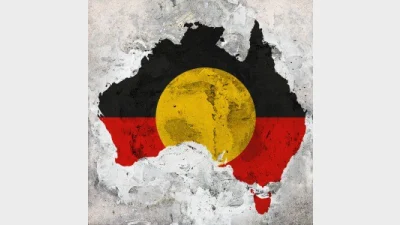Financial literacy needs to be inclusive of Aboriginal people



The delivery of financial literacy programs will require investment in educational infrastructure and should be inclusive of the needs of Aboriginal students, according to First Nations Foundation.
Calls from the national Aboriginal charity followed a study from Griffith University which recommended financial literacy be taught in a standalone subject in high school or through a program during pastoral care.
Speaking to Money Management, First Nations Foundation chief executive, Phil Usher, said getting clear on execution and delivery was critical as teachers were already protesting about teaching outside of their qualifications.
“I think there needs to be more infrastructure… because chances are not all teachers are probably financially literate themselves,” Usher said.
He said the solution would need to be creative, perhaps using educational providers once a week, a dedicated trained teacher per school or including it as part of a teaching degree.
Including the indigenous perspective in a national financial literacy program was paramount, Usher said.
“I think there's probably a bit of a different lived experience for indigenous Australians, and if it's in high schools where we're starting to teach financial literacy, I think that's when you're really becoming sort of aware of the world and noticing some differences.
“And I think Aboriginal students start noticing the world a little bit different. It's not just that being Aboriginal means that they're bad with money by default. It's just some of the historical challenges that they've had.”
Some of the historical challenges Usher mentioned included the fact many Aboriginal people had been placed on church-run missions, paid rations rather than money and therefore had limited opportunity to manage money.
“Things like stolen wages is not too dissimilar where their money was held in trust by the government and then they've never received it.”
Started in 2006, the organisation offered face to face workshops in Aboriginal communities and developed online programs such as its ‘seven minutes of super’ initiative which was in partnership with 10 superannuation companies to teach the basics of super.
It also trained corporates and organisations on how to better improve engagement with Aboriginal customers and staff and was undertaking a ‘train the trainer’ program where it was working with Aboriginal organisations to train staff on how to deliver financial literacy training in community.
“It really builds the infrastructure within that community. Rather than me flying our team in and out every couple of years and doing a session for half day, we can have that constant approach that really hammers home some of the messaging around money management.”
Recommended for you
Despite the year almost at an end, advisers have been considerably active in licensee switching this week while the profession has reported a slight uptick in numbers.
AMP has agreed in principle to settle an advice and insurance class action that commenced in 2020 related to historic commission payment activity.
BT has kicked off its second annual Career Pathways Program in partnership with Striver, almost doubling its intake from the inaugural program last year.
Kaplan has launched a six-week intensive program to start in January, targeting advisers who are unlikely to meet the education deadline but intend to return to the profession once they do.










